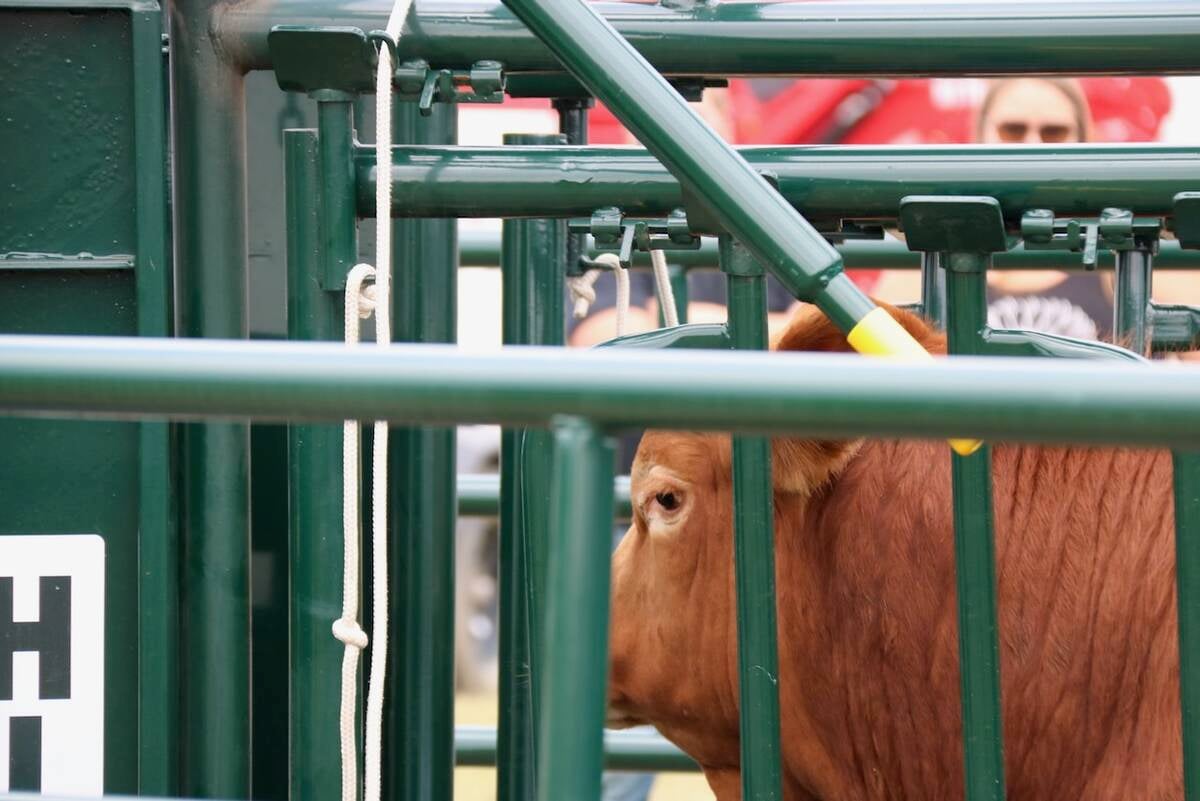Securing funds | National Farmed Animal Health and Welfare Council warns that welfare issues will become trade issues
OTTAWA — Research that is focused on food animal welfare is suffering from reduced federal funding and limited capacity, a group dedicated to farmed animal welfare was told Nov. 24.
Canada has about 20 scientists doing research on various aspects of farm animal welfare, almost all of them at universities.
Most of them spend less than half their time on actual research because of teaching commitments and other factors.
David Fraser, a University of British Columbia professor and member of the National Farmed Animal Health and Welfare Council (NFAHW), said the federal government was responsible for most animal-welfare related research until the early 1990s, when major budget cuts took a toll. There have been additional reductions since then.
Read Also

Good handling equipment a must on cattle operations
It’s important for the safety of producers and everyone else dealing with their stock that handling equipment is functional and safe.
“Just in the last two years, of the eight remaining (federal government) positions that one would identify as farm animal welfare research, five of the positions were disbanded, so this has reduced the federal government to being quite a minor player in farm animal welfare re-search,” Fraser said in an interview after his report to the council.
“This tells me that, for those of us who are concerned about the issue, we’ve really failed to communicate its importance to the federal research authorities.”
That realization prompted one of four recommendations that Fraser itemized at the meeting: identify roles for public sector funding of animal welfare research and present them to Agriculture Canada, the Canadian Food Inspection Agency and other agencies to encourage funding support.
The council also identified major issues with the grant application and reporting process, which researchers are required to undertake. In Fraser’s studies of the problem, he found many scientists spent half their time applying for funding instead of doing research.
As a result, the council asked the National Farm Animal Care Council to establish a process for communication among researchers and funders to streamline the application and reporting process.
“We couldn’t make it any more difficult for researchers if we tried,” said Canadian Poultry Research Council executive director Bruce Roberts.
He estimated that his organization has spent more than $4 million on animal welfare-related research. However, the cost of that research is steadily rising, and researcher efficiencies in a more streamlined application and reporting system could help control those costs.
Every organization has a different structure for its grant process, said Roberts.
“We’re creating this multiplicity of applications that is taking (researchers) hours to do.”
It takes up to two years to get funding in many cases, and requirements to do peer reviews for others can add another complication.
A third NFAHW recommendation called on all producer and farmed animal organizations to gain a greater understanding of the social and economic aspects welfare issues.
It also encouraged commodity groups without specific research clusters to identify animal welfare priorities, which would improve the chances of acquiring interest and funding.
Dr. Reynold Bergen, science director for the Beef Cattle Research Council, said formation of a beef science cluster has allowed his industry to leverage more government funding.
The BCRC had an annual budget of about $300,000 when the BCRC was established. Limited funds made it difficult to get researchers’ attention.
Formation of the beef value chain round table allowed the industry to present its research priorities and recommendations directly to stakeholders and to the federal agriculture minister, Bergen said.
He noted the relationship between animal welfare research and trade, a point on which Fraser elaborated in the federal government context.
“I think the smart people on the trade side recognize that farm animal welfare is an important issue for trade. For example, in the last nine years, the World Organization for Animal Health has passed one after another standard for animal welfare … almost always unanimously accepted by the now 180 member countries of the organization.
“These are starting to become an issue in bilateral trade agreements so I think the forward looking people with a trade focus realize the need to have a high and visibly high standard of animal welfare as a means of facilitating trade, but perhaps that realization isn’t universal among our trade people.”















